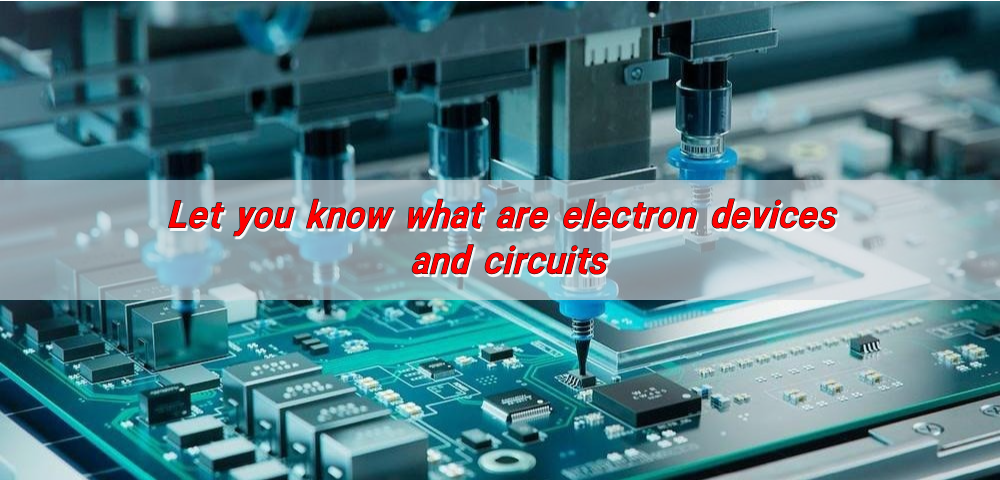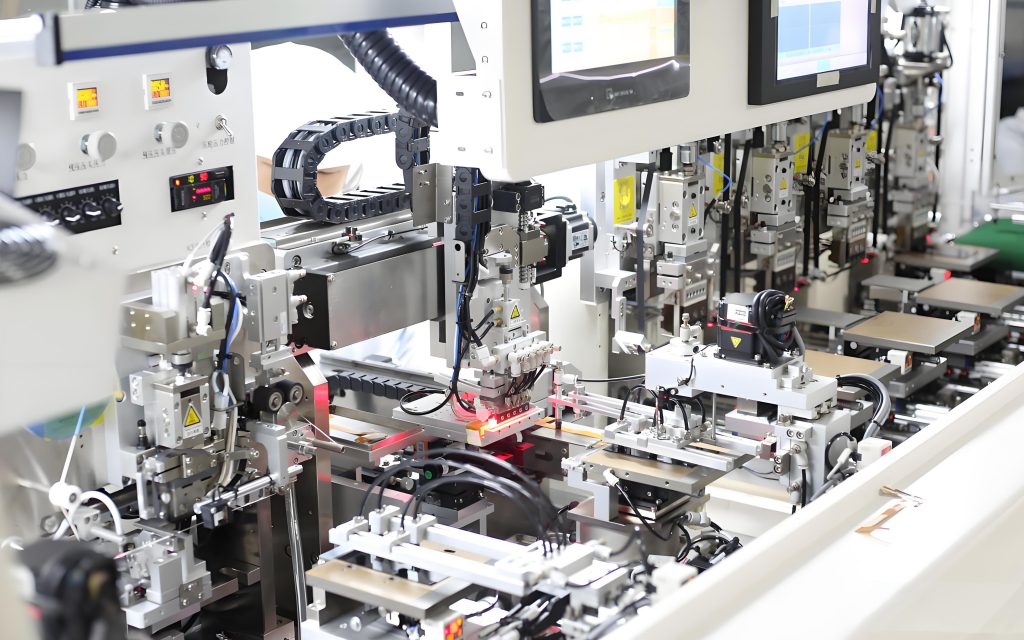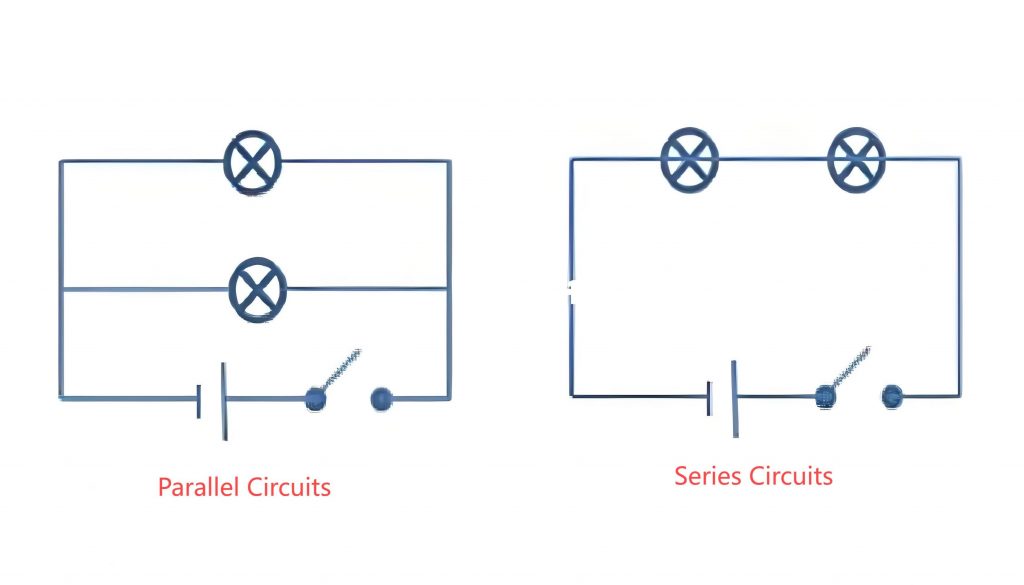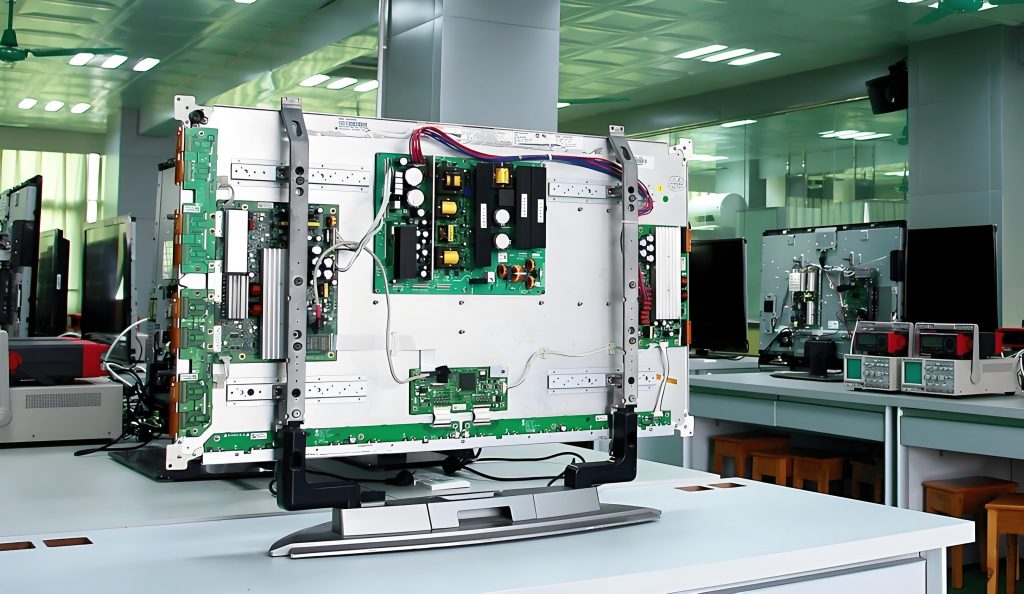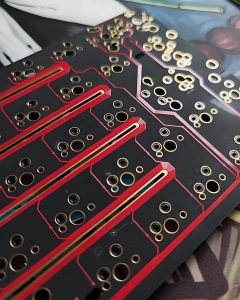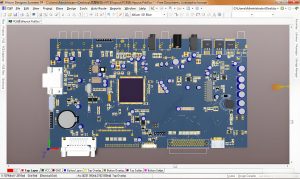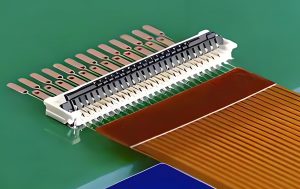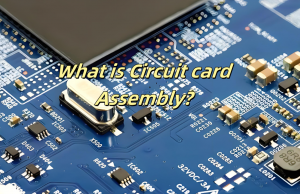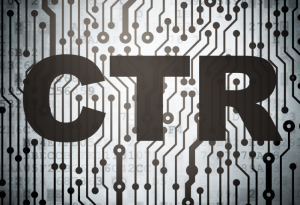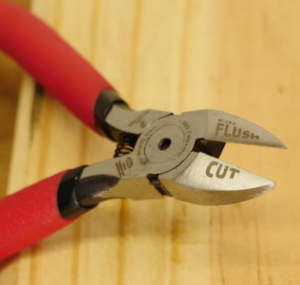What are electron devices and circuits? Electronic devices are basic components that realize signal processing and control functions, such as resistors and capacitors; circuits are systems formed by connecting these devices through conductive paths to complete specific functions. PCB is a physical platform that carries and connects electronic devices and is the foundation of modern electronic devices.
What are electronic devices and circuits?
At their core, electronic devices and circuits refer to components and systems that use electricity to perform specific tasks. Electronic devices are typically powered by electrical energy, and they rely on electronic circuits to direct and manage that energy.
Electronic circuits are pathways made from various components like resistors, capacitors, diodes, and transistors that regulate the flow of electric current.
When these components are connected in the right way, they allow an electronic device to work as intended. In essence, electronic devices are powered by circuits that control and manipulate electrical signals.
The PCB inside your laptop connects different electronic components, allowing your computer to process data and interact with the user.
What is considered an electronic device?
Electronic devices are any tools or gadgets that use electrical energy to function. These devices rely on electronic circuits to operate and perform various functions, ranging from simple tasks to complex operations.
- Smartphones and Tablets: These handheld devices contain a variety of electronic circuits that allow them to perform tasks like communication, entertainment, and productivity.
- Computers: Laptops and desktops are complex electronic devices that include hundreds of electronic circuits working together to execute a wide range of functions.
- Medical Devices: Devices like pacemakers, insulin pumps, and blood pressure monitors depend on electronic circuits to monitor and regulate various bodily functions.
- Home Appliances: Everyday appliances such as refrigerators, air conditioners, and washing machines all rely on electronic circuits for automation and efficiency.
These examples show that electronic devices vary greatly in function, but they all share one thing in common: they rely on electronic circuits to work.
How to study electronic devices and circuits?
Understanding electronic devices and circuits requires a combination of theory and hands-on learning. Here’s how to get started:
- Learn the Basics: Start by understanding the fundamental components of electronic circuits like resistors, capacitors, transistors, and diodes.
- Circuit Theory: To design and analyze circuits, this includes concepts like Ohm’s Law, Kirchhoff’s Laws, and understanding voltage, current, and resistance.
- Hands-On Practice: Use a breadboard and other tools to build circuits.
- Simulation Tools: Software like LTSpice or Multisim allows you to simulate circuits before physically building them.
- Learn PCB Design: PCBs are at the heart of most electronic devices. Understanding how to design and manufacture PCBs is crucial for working with electronic circuits in real-world applications.
What is the most basic circuit?
The most basic circuit consists of three essential components: a power source, a load, and a conductor. This simple combination forms what is known as a series circuit.
- Power Source: Provides the necessary electrical energy. In most cases, this could be a battery or a power supply.
- Load: This is the component that consumes the electrical energy. A simple example is a light bulb that glows when connected to a circuit.
- Conductor: The path through which electricity flows. Typically, wires or traces on a PCB are used as conductors.
In a basic circuit, the power source sends current through the conductor, which powers the load. If any part of the circuit is broken, the current can no longer flow, and the circuit will not function.
What are the basic types of circuits?
Circuits can be divided into two main categories: series circuits and parallel circuits.
- Series Circuits: In a series circuit, components are connected end-to-end, so the current flows through each component one after the other. The total resistance in the circuit is the sum of the individual resistances. If one component fails, the entire circuit is interrupted.
- Parallel Circuits: In a parallel circuit, components are connected across the same two points, allowing the current to flow through multiple paths. If one path fails, the other paths will continue to function.
Both types of circuits are essential in the design of electronic devices and circuits, and each has its specific applications depending on the device’s needs.
What is the difference between circuits and devices?
Circuits refer to the interconnected electrical components that manage the flow of electric current, while devices are the finished products that rely on those circuits to perform specific tasks.
Circuits are made up of components such as resistors, capacitors, diodes, and transistors that interact to control and direct electrical energy.
Devices, on the other hand, use these circuits to perform particular functions. A smartphone, for example, is a device that contains electronic circuits responsible for signal processing, battery management, and touch interaction.
In short, circuits form the foundation of devices, but devices are what provide tangible functionality to users.
What are the examples of electrical and electronic devices?
Both electrical devices and electronic devices are widely used across different industries and everyday life. Let’s take a look at some examples of each:
Electrical Devices: These include simple devices that convert electrical energy into other forms of energy, such as:
- Electric fans
- Heaters
- Toasters
Electronic Devices: These devices control electrical energy to perform more complex tasks, often involving signal processing, such as:
- Smartphones
- Computers
- Medical devices (like ECG monitors)
- TVs and radios
Conclusion:
When it comes to electronic devices and circuits, whether you are designing PCBs for smartphones, medical devices, or any other application, it is essential to have a good grasp of circuit theory and practical design techniques. At Best Technology, we specialize in providing top-quality PCBs for all your electronic device needs.
For more information or to discuss your PCB requirements, please contact us at sales@bestpcbs.com


